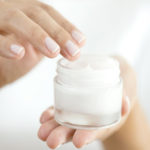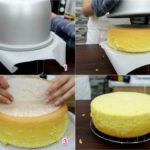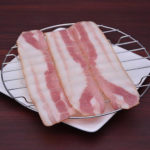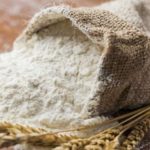Topping cream, although similar in characteristics and shape to whipping cream, can be easily distinguished from whipping cream. Let’s explore the differences between the two in this informative article.
1 What is Topping Cream?

Topping cream is an artificial fresh cream made from plants, milk derivatives, and stabilizers. It is a low-fat alternative to traditional fresh cream.
In simple terms, topping cream is an extract from milk that already contains sugar, eliminating the need for additional sugar when whipping it.
2 How to Differentiate it from Whipping Cream?

While both topping cream and whipping cream are commonly used in baking, there are distinct differences that set them apart.
In terms of natural properties:
Topping cream is thicker and less likely to melt compared to whipping cream, which is derived from fresh milk.
In terms of taste:
– Topping cream has a sweet taste due to the added sugar, while whipping cream does not contain sugar.
– Topping cream has a lower fat content compared to whipping cream, which typically has a fat content of 38-40%.
Additional reference: at home
In terms of application:
Topping cream is often used to cover and decorate cakes. It can also be used as a substitute for condensed milk in smoothies, for baking, or even as a replacement for butter in milkshakes. On the other hand, whipping cream is primarily used for making cream, candy (such as fresh chocolate and caramel candy), and various baked goods (such as mousse, pudding, caramel, and sponge cakes).

In terms of storage:
Topping cream has a longer shelf life compared to whipping cream. It can be stored for 1-3 months in the freezer, while whipping cream can only be stored for 5-7 days in the refrigerator, depending on the temperature.
In terms of price:
Topping cream is considerably more affordable than whipping cream.
With the information provided above, you should now have a clear understanding of what topping cream is and how it differs from whipping cream. Both are excellent ingredients for creating delicious products!
Identifying the Differences between Bleached and Unbleached Flour
This article will take a closer look at the distinguishing features between bleached and unbleached flour. We will examine the advantages and disadvantages of both, so that you can better understand how each type of flour affects baking recipes. Read on to discover more about the unique properties of bleached and unbleached flour!



































